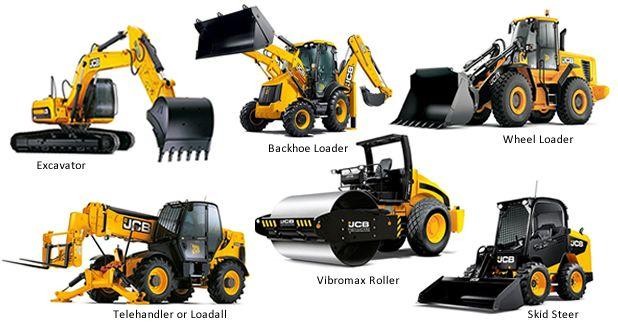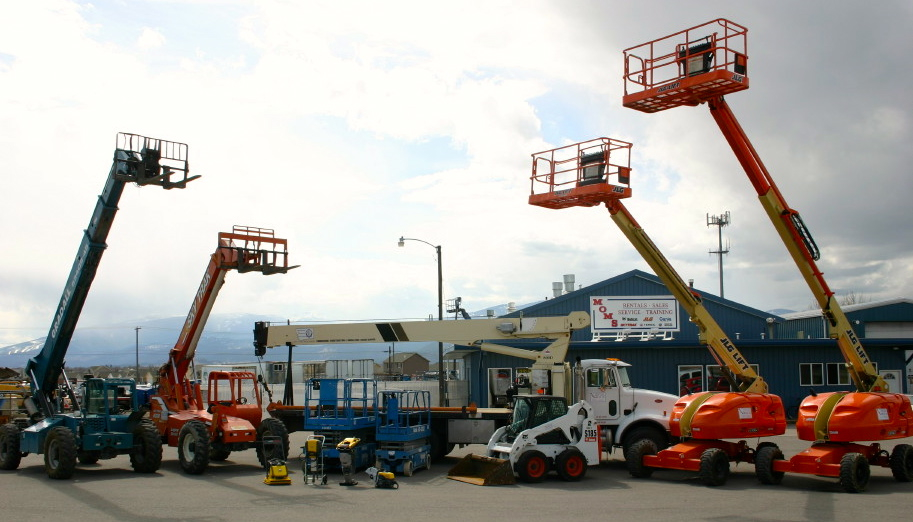Aerial Lift Rental: Versatile Lifting Solutions for High-Access Jobs
Aerial Lift Rental: Versatile Lifting Solutions for High-Access Jobs
Blog Article
Maximize Your Spending Plan by Recognizing the Expenses Connected With Construction Tools Services
Understanding the full extent of expenses linked with building devices leasings is critical for optimizing your budget. What techniques can be used to effectively handle these prices and make sure an extra efficient rental experience?
Introduction of Rental Expenses
When considering building and construction devices rentals, comprehending the associated prices is extremely important for efficient budgeting and task planning. Rental prices can vary considerably based on a number of factors, including tools type, period of leasing, and location. The preliminary rental fee commonly reflects the devices's market demand and its linked operational abilities, affecting the overall cost.
Along with the base rental price, ancillary expenses might arise, such as transportation fees, fuel additional charges, and maintenance fees. It is necessary to account for these added expenses to precisely assess the overall expense of renting out tools. Moreover, the rental duration can impact pricing; longer leasings might get discounted prices, while temporary rentals might incur higher daily fees.

Malfunction of Rental Rates
A detailed understanding of rental rates is vital for specialists and job managers aiming to optimize their budgets. Rental rates for construction tools commonly include a number of elements, including base prices, time-based costs, and use charges.
Base rates are the core costs linked with the leasing of the equipment, often established by the kind and size of the machinery. These prices can vary considerably, affected by aspects such as devices demand, schedule, and local market trends. Time-based costs, which might be daily, weekly, or monthly, serve to accommodate various project timelines and rental periods.
Furthermore, rental rates might consist of usage costs, which apply when tools is used beyond a specified limit, making certain that the rental firm can account for damage. Seasonal need variations can likewise impact rental rates, with peak building and construction periods usually regulating higher prices.
Additionally, understanding the rental firm's policies pertaining to maintenance and insurance policy can provide more insight into the overall expense framework. By evaluating these parts, professionals can make enlightened decisions, making sure the choice of rental tools lines up with both project demands and budget restrictions.
Added Fees to Think About
Recognizing the intricacies of extra charges is crucial for professionals to handle their total rental expenses effectively. Past the conventional rental rates, various supplemental fees can substantially affect the overall cost of devices leasing. These fees frequently include delivery and pickup charges, which can differ based upon range and logistics associated with moving the tools to and from the work website.
Additionally, some rental business may impose fuel additional charges if the tools is returned with less gas than when rented out. It is additionally necessary to be mindful of prospective cleaning fees, particularly for customized devices compacting roller that needs comprehensive maintenance after usage.

Extensively assessing the rental contract and clarifying these added charges upfront can aid professionals avoid unanticipated costs and ensure that budgets continue to be intact throughout the task lifecycle.
Maintenance and Repair Expenditures
Routine repair and maintenance costs are typically overlooked aspects that can significantly affect the overall expense of building tools rentals. When leasing equipment, it is important to consider not only the rental costs but likewise the possible costs connected with maintaining the machinery in ideal operating problem.
Many rental business consist of basic maintenance as part of the rental arrangement; however, a lot more unforeseen failures or extensive repair services can bring about additional costs. look these up It's necessary to evaluate the rental agreement meticulously to understand what maintenance services are covered and what obligations drop on the occupant.
In addition, equipment that is not well-kept can bring about inefficiencies on duty site, possibly creating delays and raising job costs. To alleviate these risks, it is advisable to carry out normal examinations and maintain open communication with the rental copyright concerning any kind of issues that develop throughout use.
Insurance Coverage and Obligation Expenses
Insurance coverage and obligation costs are crucial components that can considerably impact the overall expenditure of building and construction tools services (equipment rental company). These prices make certain that both the rental business and the customer are safeguarded from potential economic losses emerging from crashes, damages, or theft during the rental period

In addition, clients need to recognize any type of deductibles or exemptions in the insurance plan, as these can affect possible out-of-pocket costs. Recognizing the terms of any kind of insurance coverage is crucial to avoid unforeseen costs. Eventually, budgeting for insurance policy and obligation expenditures can assist ensure a smoother rental experience and shield against economic risks related to construction jobs.
Conclusion
In verdict, a detailed understanding of the costs associated with building devices services is necessary for efficient budget administration. Inevitably, informed decision-making pertaining to tools services adds to the general success of building and construction endeavors.
Rental prices can differ significantly based on a number of aspects, including equipment kind, duration of rental, and area (heavy equipment rental). The rental period can affect pricing; longer rentals might certify for discounted rates, while temporary services may incur higher day-to-day charges
By performing comprehensive study and engaging with respectable rental business, specialists can successfully browse the complexities of rental prices, inevitably optimizing their financial resources.
Beyond the conventional rental prices, different additional fees can substantially affect the total price of equipment service. Rental companies frequently provide responsibility insurance that covers injuries to 3rd celebrations or damage to residential or commercial property, while devices damages insurance policy can cover the expense of fixings or substitute if the rented out devices is damaged.
Report this page